Optimal Seasons for Foundation Repairs
Foundation repairs are most effectively performed during specific times of the year when environmental conditions are optimal. Proper timing can help ensure the longevity and effectiveness of the repair work, reducing the risk of future issues. Understanding seasonal patterns and soil conditions is essential to determine the ideal window for foundation maintenance and repair activities.
Spring offers moderate weather and soil moisture levels, making it suitable for foundation repairs. The soil is often more pliable, allowing for better stabilization.
Summer can be challenging due to higher temperatures and potential drought conditions, which may cause soil to shrink and complicate repairs.
Fall provides cooler temperatures and increased soil moisture, ideal for foundation work before winter sets in.
Winter typically presents harsh weather, frozen ground, and snow, which can delay or complicate foundation repair projects.
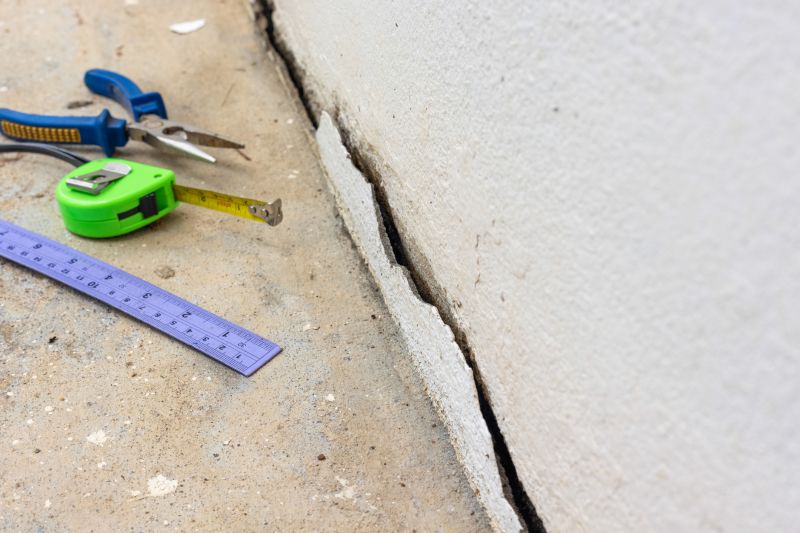
Assessing foundation stability during optimal weather conditions ensures accurate diagnosis and effective repairs.
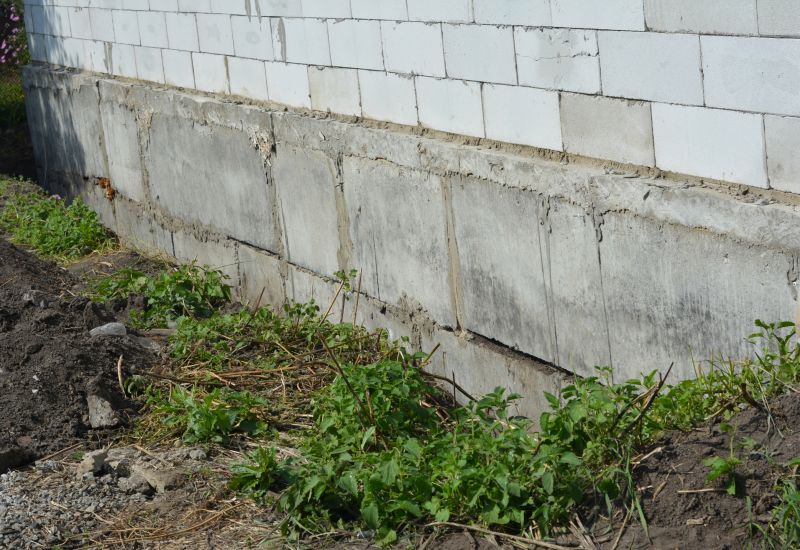
Soil testing during moderate seasons helps determine appropriate repair methods and timing.
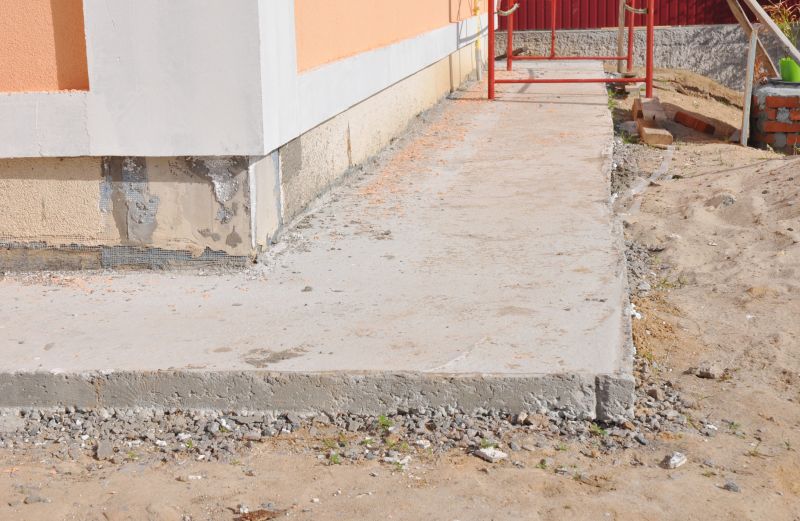
Preparing the site during suitable weather ensures better outcomes and reduces delays.

Ways to make Foundation Repairs work in tight or awkward layouts.
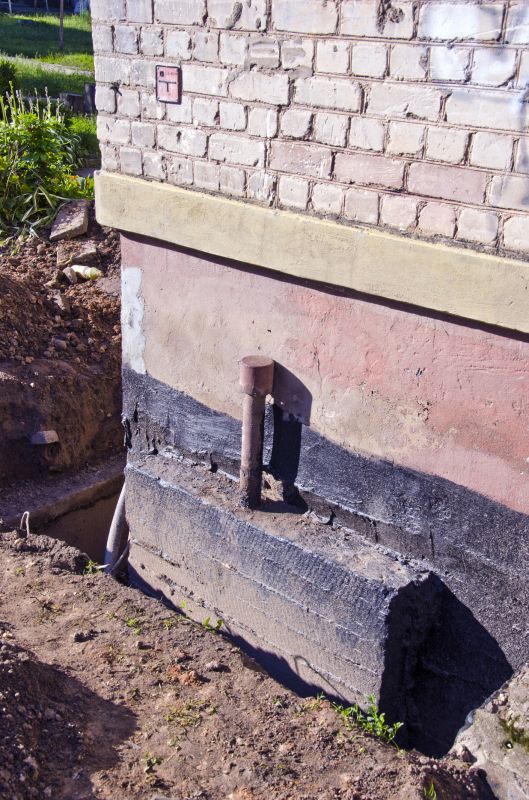
Popular materials for Foundation Repairs and why they hold up over time.
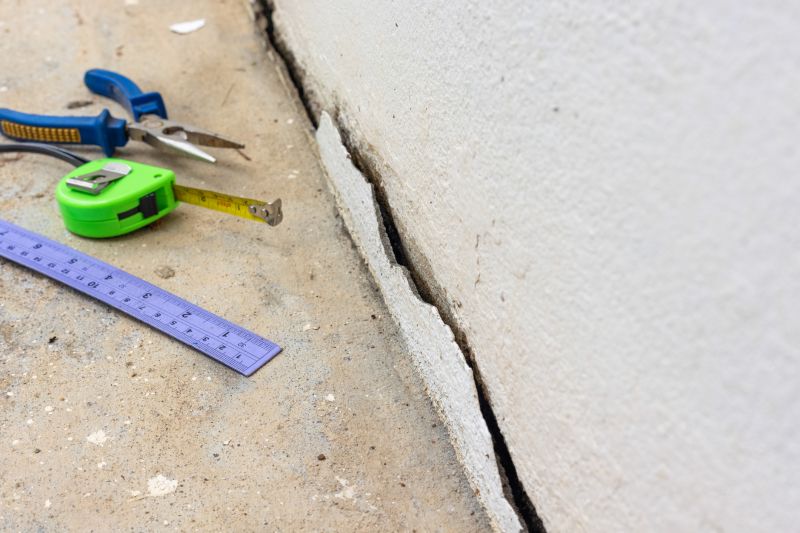
Simple add-ons that improve Foundation Repairs without blowing the budget.
| Season | Suitability for Foundation Repairs |
|---|---|
| Spring | Highly suitable due to moderate soil moisture and milder temperatures. |
| Summer | Less suitable because of high temperatures and potential drought conditions. |
| Fall | Ideal due to cooler weather and increased soil moisture. |
| Winter | Not suitable because of frozen ground and harsh weather. |
Foundation repairs involve addressing issues such as settling, cracking, and shifting that can compromise structural integrity. Timely intervention can prevent further damage and costly future repairs. Factors influencing the best timing include soil moisture levels, temperature, and ground stability. Properly scheduled repairs during optimal seasons help ensure the foundation's stability and longevity.

A typical repair involves stabilization techniques suited to soil conditions and damage severity.
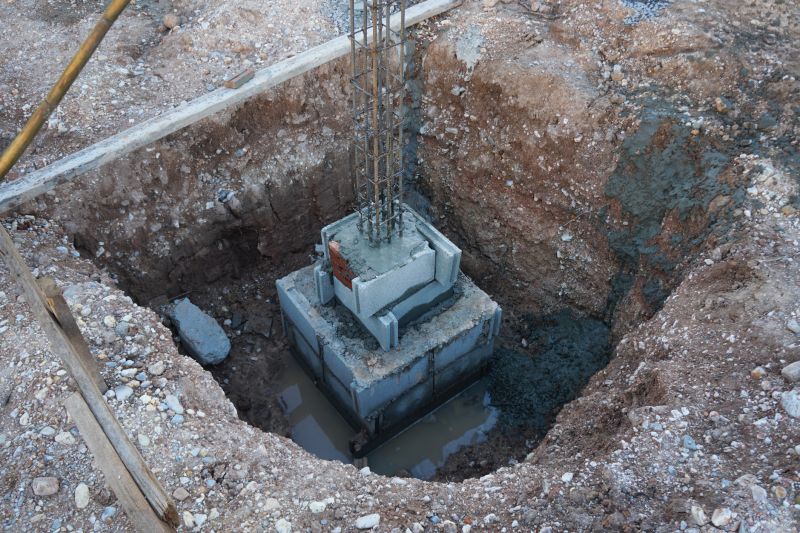
Proper soil stabilization during the right season enhances repair effectiveness.
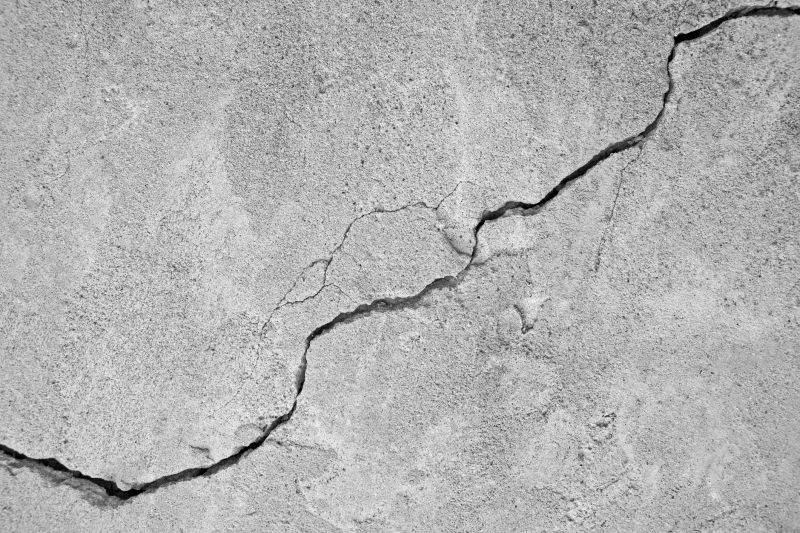
Addressing cracks early during suitable weather prevents further structural issues.

Follow-up inspections ensure repairs have successfully stabilized the foundation.
Choosing the right time for foundation repairs can significantly influence the success and durability of the work. Consulting with foundation specialists can provide insights tailored to local climate and soil conditions. Proper scheduling, combined with expert assessment, ensures that repairs are performed under the most favorable circumstances, minimizing disruptions and enhancing long-term stability.
Interested in foundation repairs? Fill out the contact form to receive more information about scheduling and services.
